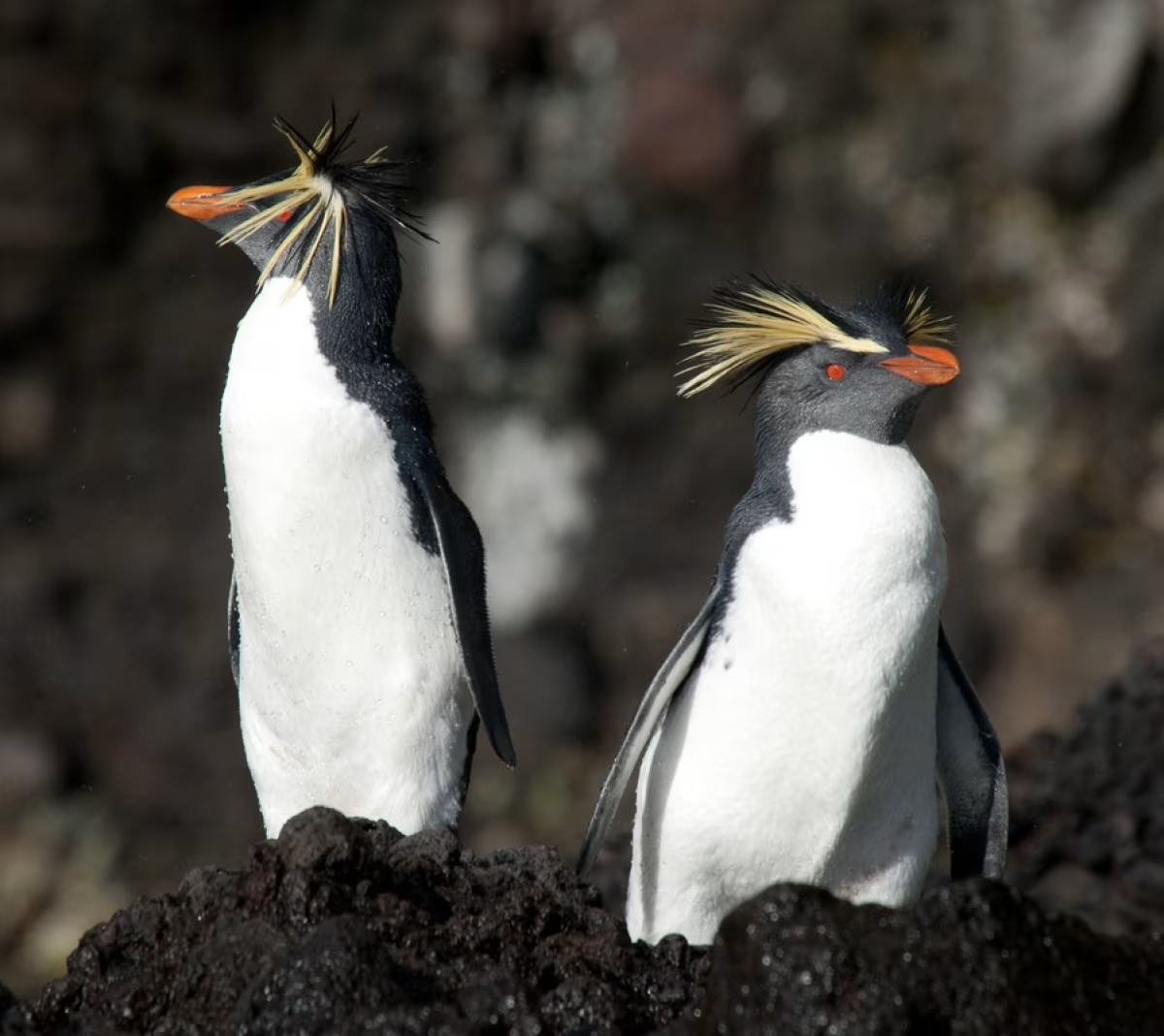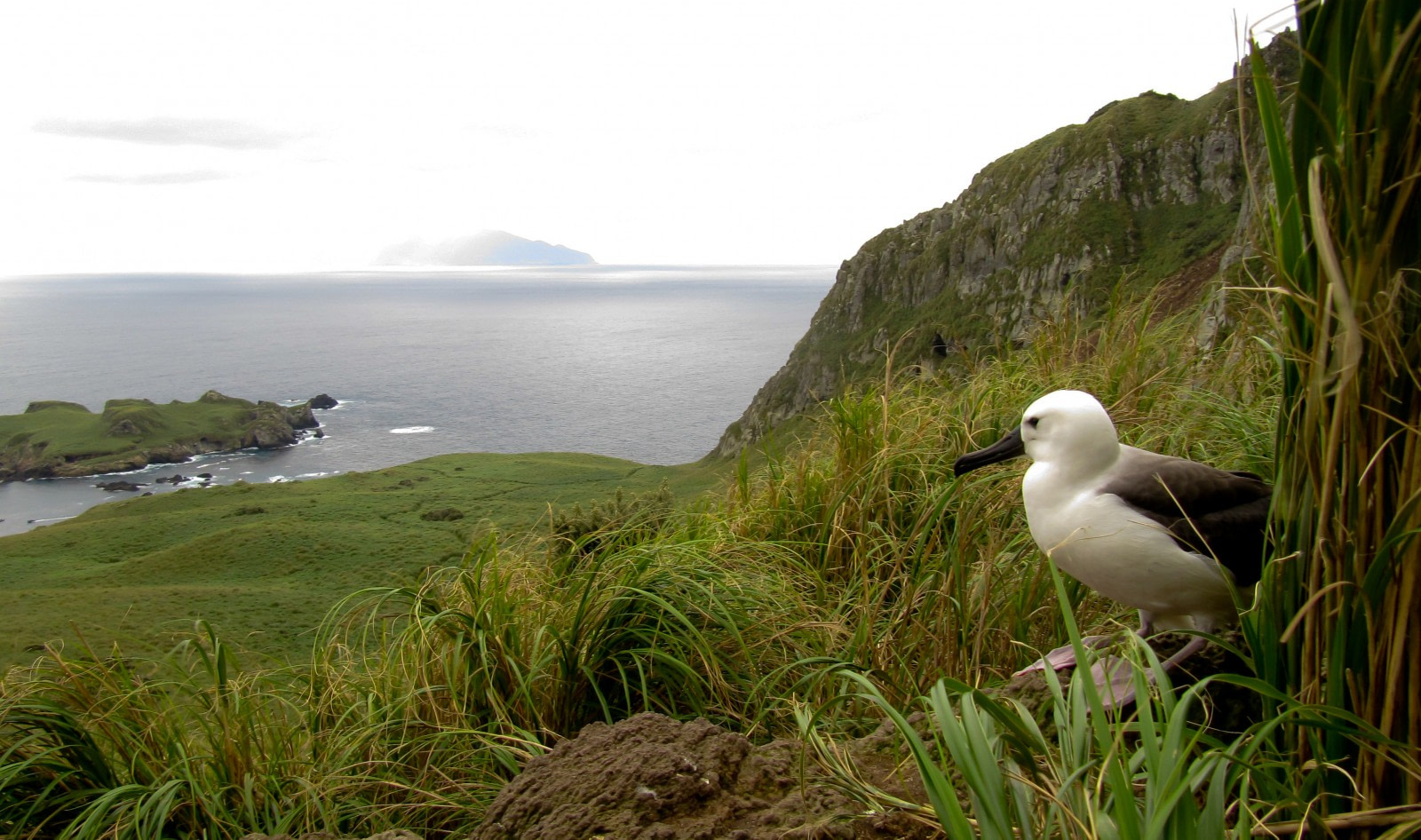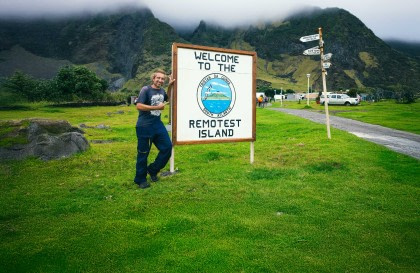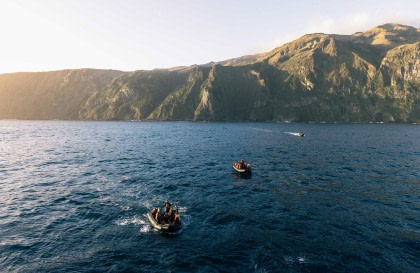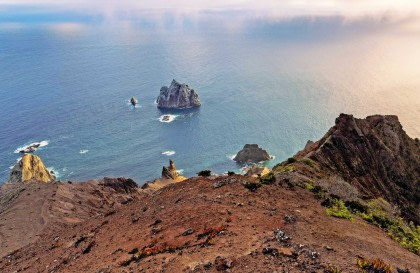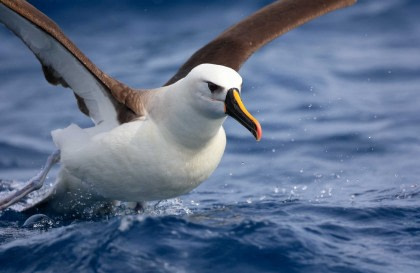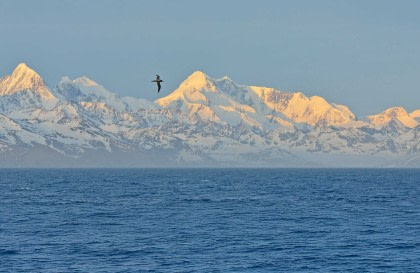Nightingale Island’s Place in Tristan da Cunha
Nightingale Island is part of the Tristan da Cunha archipelago, of which Tristan da Cunha is the main and only inhabited island – in fact, Tristan da Cunha is the most remote inhabited island in the world. Nightingale Island lies about 40 km (25 miles) south- southwest of Tristan da Cunha and about 23 km (14 miles) southeast of Inaccessible Island.
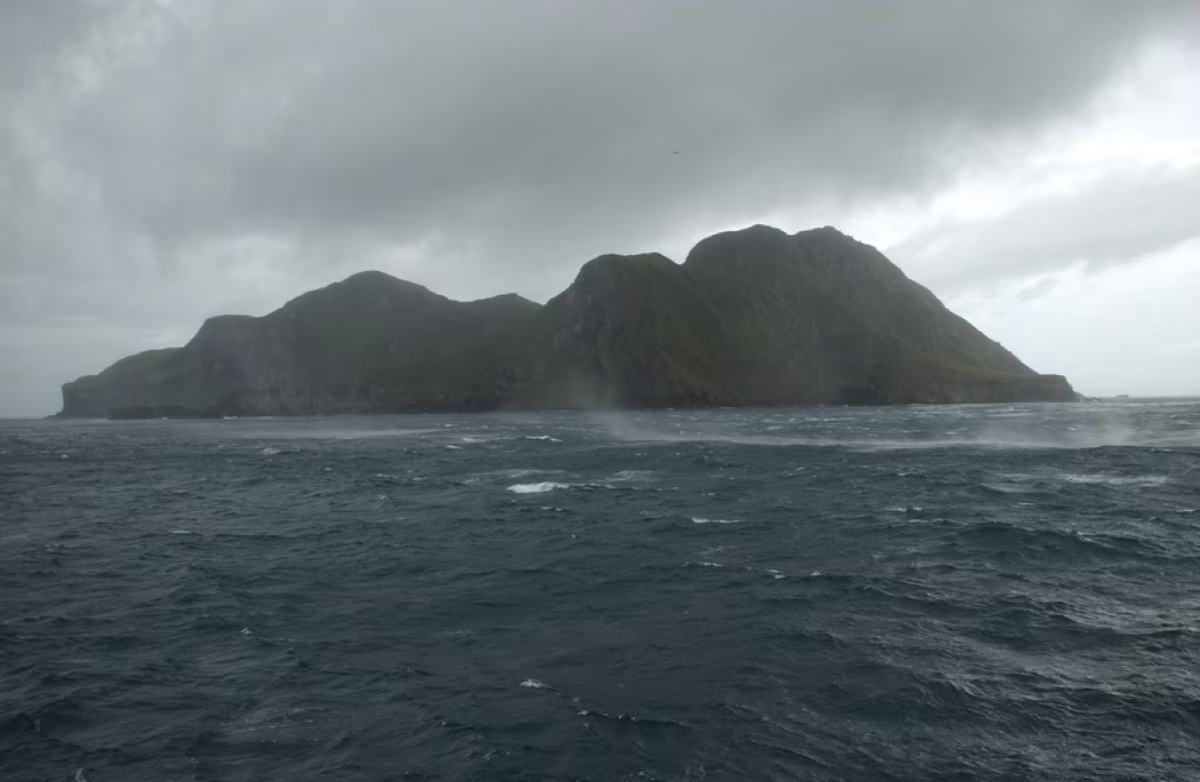
The Eruptive History of Nightingale Island
The Tristan da Cunha islands are volcanic, and eruptions have been known to occur. The last one was in 1961, when the population of Tristan da Cunha had to flee to Nightingale Island before being evacuated to the UK. Nightingale Island is about 2.5 km long (1.5 miles) and 1.5 km wide (just under a mile), the smallest of the four main islands. It was named after British captain Gamaliel Nightingale.
Nightingale Island’s Abundant Wildlife
Though small, Nightingale Island is densely populated by wildlife, especially birds. It is recognized by Birdlife International as an Important Bird Area. The island is home to millions of seabirds, including northern rockhopper penguins (125,000 breeding pairs), great shearwaters, sooty albatrosses, Atlantic yellow-nosed albatrosses, broad-billed prions, and two species of petrel. Endemic species are also found on the island. Two of the world’s rarest birds are found only on Nightingale Island: the nightingale bunting (4,000 pairs) and Wilkins’s bunting (around 85 pairs).
